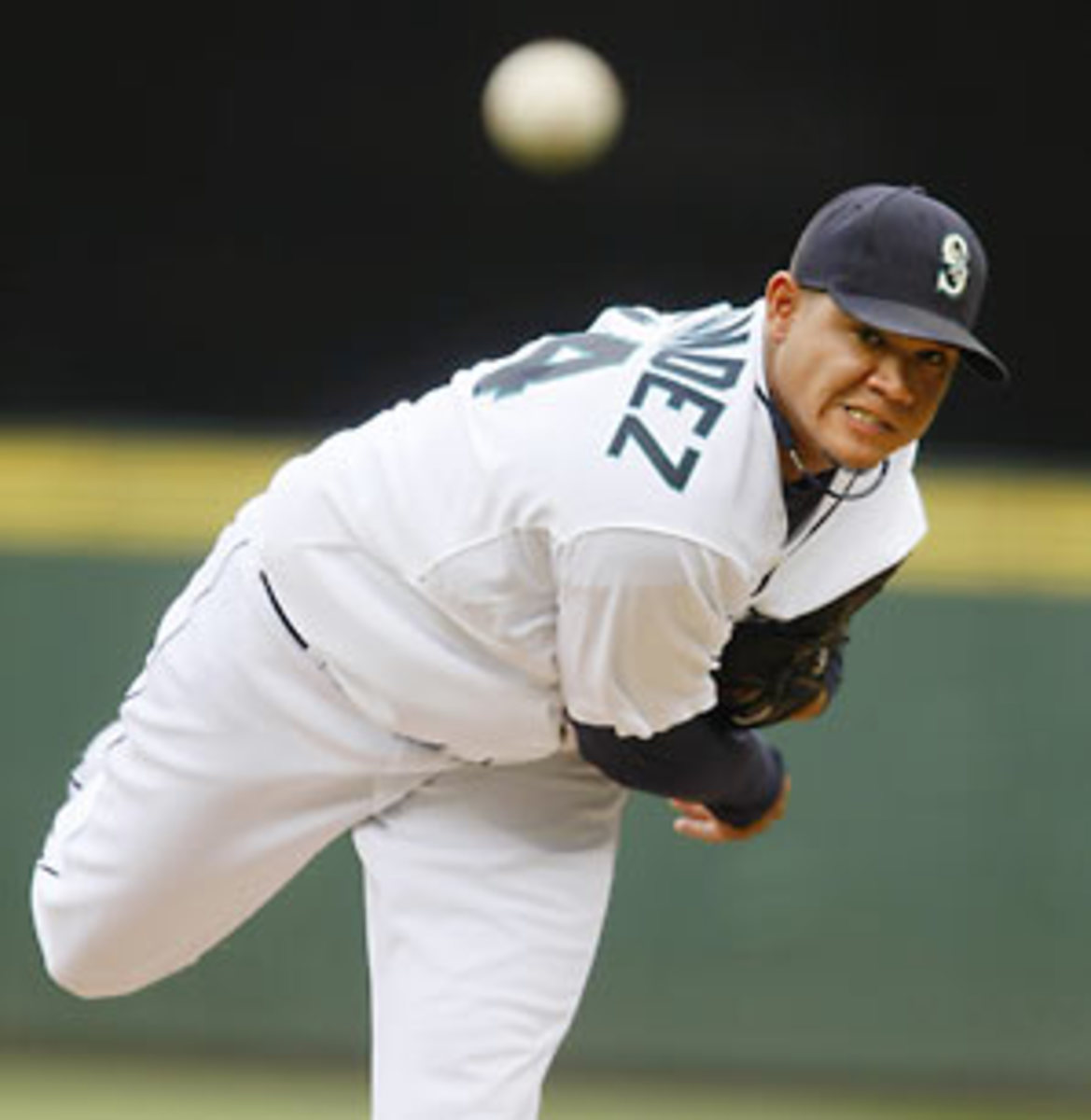In international market, MLB teams are buying costly lottery tickets
SAN PEDRO DE MACORIS, DOMINICAN REPUBLIC -- Glance through the list of important dates that Major League Baseball issues every year. There's Mother's Day in May, Father's Day in June and don't forget the Taco Bell All-Star Legends and Celebrity Softball Game on July 12. What the calendar omits, however, is a date that has become the focal point in the procurement of Latin American amateur free-agents: July 2, the first day that MLB teams can sign 16-year-old international free-agent prospects who will be 17 years old by Sept. 1 of the following year is as unnoticed in the U.S. as it is front-page news in places such as the Dominican Republic and Venezuela.
The July 2 eligibility date is a byproduct of the only two rules governing the signing of international amateurs. In December 1984 MLB adopted the rule requiring that amateur free agents turn at least 17 before the end of their first professional season, after outrage that the Toronto Blue Jays signed a 13-year-old Dominican shortstop named Jim Kelly. The age minimum, combined with a rule declaring July 2 as the first day that a team can sign a player to a contract effective the following season, created a sweet spot for 16-year-old players.
"July 2 has always been simple supply and demand," says Moises Rodriguez, director of international operations for the St. Louis Cardinals. "Clubs are realizing that the world is shrinking and you're looking at more money being spent by more teams." Since teams prefer to sign younger Latin American prospects to allow time for them to mature physically, mentally and culturally to stateside baseball, July 2 bonus babies were born.
As recently as a decade ago, Latin American prospects, no matter how good, were signed for pennies on the dollar compared with their draft-eligible counterparts. The July 2 phenomenon has, as Los Angeles Dodgers assistant general manager Logan White says, swung the economic pendulum the other way. "I can get an equivalent talent out of the draft for one-fifth of the price," adds Craig Shipley, Boston Red Sox senior vice president of international operations.
"July 2 is a market ploy," says one international scout. "Kids develop at different stages. On July 2 a pitcher might be throwing 80 mph, but that same kid in January might be throwing 90. Then the kid throwing 90 in July could still be throwing 90 in January. It's like what stores do at Christmas when they bring out all their new merchandise. I want the kid who's going to grow. I can sign July 2 guys in January for 20 cents on the dollar."
If it's Christmas in July, today has been baseball's version of Black Friday over the last decade. Last year alone, teams issued the three highest bonuses in international amateur free-agent history. In 2009 some scouts estimate that seven July 2 prospects will command $2 million this year -- roughly the amount that mid-first-round draft picks receive -- prompting some team officials to wonder whether the rush to be first in signing a prospect has overshadowed their need be judicious in their spending.
The odds of success for 16-year-old prospects signed from July 2 through Aug. 31 -- the height of the international signing season -- in 2002 and 2003 rivaled that of the second national pastime in the Dominican Republic: playing the lotto. SI tracked the progress of 16-year-olds signed in those years and found that in 2002, for example, MLB clubs signed 53 players, 44 of whom have been released. Not even six-figure signing bonuses guaranteed clubs any measure of success in 2003. Of the 12 prospects signed for at least $100,000 -- a princely sum at the time -- 10 have been released. Of the 152 Latin American amateur free agents who appeared on 2009 Opening Day rosters, 27 were signed in July and only one third of them signed at 16.
But one NL international scouting director cautions against dismissing team's aggressiveness in the market. He cites the Seattle Mariners, who signed Felix Hernandez for $710,000 on July 4, 2002, as an example of how the high-risk system can work. "If you get a No. 1 starter for $710,000, you'll keep going down [to the Latin market]," he says. "How many millions is that saving the team?"
Multiple international directors noted how the big payouts to 16-year-olds incentives age and identity fraud and depresses the market for older players. "July 2 works both ways," says the Cardinals' Rodriguez, who says waiting until a player has been on the market for a few months gives him great leverage when he haggles for an older player. "[July 2] is lot of hoopla." And increasingly, a lot of very expensive hoopla.






